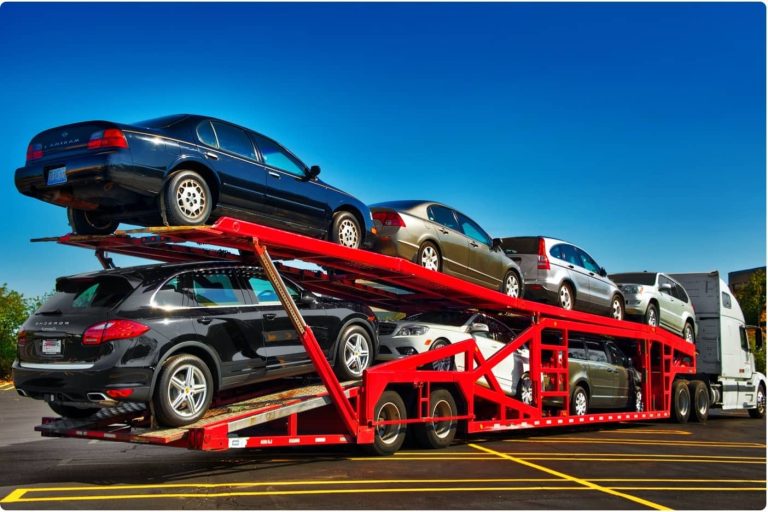
In the modern age, where mobility is paramount, the need to transport vehicles efficiently and safely has become increasingly significant. Whether moving across the country or overseas, individuals and businesses alike often require the services of car transport companies. However, understanding the intricacies of autotransport kosten is essential for making informed decisions and avoiding unexpected expenses. This article explores the various factors influencing car transport expenses, from distance and vehicle type to transport methods and additional services.
1. Distance and Location: Mapping Out the Cost Landscape
One of the most influential factors determining car transport costs is the distance the vehicle needs to travel and its location. The farther the distance, the higher the transportation expenses are likely to be. Additionally, the location’s accessibility and proximity to major highways and transportation hubs can affect pricing. For instance, shipping a car from coast to coast within the United States will typically incur higher costs compared to shorter distances or routes with easier access. Moreover, transport to remote or less accessible areas may require specialized carriers or routes, further impacting expenses.
2. Vehicle Type and Size: Tailoring Transport Solutions
The size and type of vehicle being transported significantly impact the overall cost. Larger vehicles, such as trucks, SUVs, and vans, generally require more space on carriers and may incur higher fees compared to compact cars. Similarly, specialty vehicles, such as luxury cars, classic automobiles, or oversized vehicles, often command higher transport costs due to their unique handling requirements and insurance considerations. Moreover, modifications or customizations that alter a vehicle’s dimensions may necessitate special arrangements, potentially adding to the transportation expenses.
3. Transport Methods: Choosing the Right Path
Car transport companies offer various methods for shipping vehicles, each with its own cost implications. The two primary transport options are open and enclosed carriers. Open carriers, which expose vehicles to the elements during transit, are typically more economical but may pose a higher risk of damage from debris or weather conditions. In contrast, enclosed carriers provide greater protection against external factors, making them preferred for transporting high-value or delicate vehicles. However, the enhanced security and peace of mind come at a premium, resulting in higher transport costs compared to open carriers.
4. Timeframe and Scheduling: Balancing Urgency with Budget
The urgency of delivery and scheduling flexibility can significantly influence car transport costs. Expedited or rush shipping services command higher prices due to the prioritization of vehicles and the need for faster transit times. Conversely, booking transport well in advance and opting for flexible delivery windows can result in more competitive rates. Additionally, seasonal fluctuations and peak demand periods, such as during holidays or relocation seasons, may impact pricing and availability. Therefore, carefully planning the transport timeframe and considering scheduling constraints are crucial for managing costs effectively.
5. Additional Services and Considerations: Exploring Value-Added Options
Beyond the basic transportation of vehicles, car transport companies offer a range of additional services and amenities that can impact overall costs. These may include door-to-door delivery, vehicle tracking systems, insurance coverage, and expedited processing. While these services can enhance convenience and peace of mind, they often come with supplementary fees. Therefore, it’s essential to weigh the value of these add-ons against their associated costs and consider whether they align with specific needs and preferences. Moreover, understanding the terms and conditions of insurance coverage is critical for ensuring adequate protection throughout the transportation process.
In conclusion, navigating the costs associated with car transport requires careful consideration of various factors, from distance and vehicle type to transport methods and additional services. By understanding the dynamics influencing pricing and making informed decisions, individuals and businesses can effectively manage expenses while ensuring the safe and efficient transportation of their vehicles. Whether moving across the country or shipping internationally, a proactive approach to planning and budgeting is essential for a seamless transport experience.